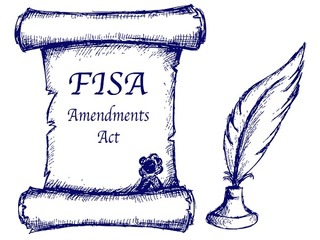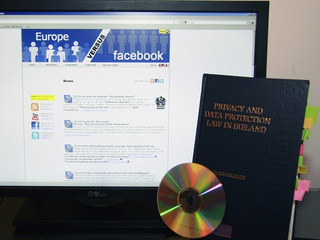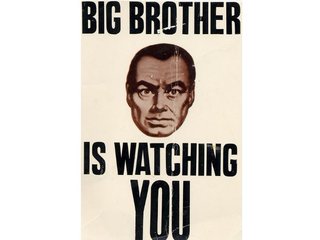Maven Clinic launches program for members who want to get pregnant without IVF
The company also expanded access to 12 different provider types for male fertility care
Read more...So when President Obama said a couple of weeks ago that email and Internet surveillance were off the table for U.S. citizens (only filthy foreigners!), it turns out he was omitting a couple of details—like the fact that the NSA collected metadata on U.S. citizens’ email communications and Web activity for nigh on 10 years—two of which were during Obama’s first term. And—oh, snap—the NSA is still collecting metadata on email communications.
Because NSA spying is not new and we’re all pretty jaded at this point, I’ve decided to explain the new NSA spying information via GIFs.
The Guardian—the same paper that broke the news about the NSA’s Verizon metadata surveillance earlier this month—reported Thursday that from 2001 to 2011, the NSA collected email and Internet data on U.S. citizens. And for 10 years, the FISA court renewed the collection order every 90 damn days. Now we're all:

The program initially started as part of the Bush administration’s broad, warrantless surveillance program, which was given the criminally stupid codename Stellar Wind.

A senior administration official confirmed the program to the Guardian, saying that it ended in 2011. Oh, but what’s this? The NSA launched a new email/Internet metadata surveillance program as recently as December 2012. Under the new surveillance program, the NSA is allowed to collect metadata on online communications in which the sender or receiver is in the U.S., which has doubled the amount of data passing through its filters.

What kind of metadata is being collected? One 2008 document signed by the U.S. Defense Secretary and Attorney General defines acceptable data to be collected as anything that appears in the “to,” “from,” or “bcc” lines of an email.
The NSA ultimately focused on people within two degrees of separation from the target—or people who communicated with people who communicated with the target. So if you’re friends with someone who’s friends with a suspected terrorist, that means you. Or Kevin Bacon.

Interestingly, the Justice Department was all down on this “contact chaining” in the pre-9/11 days, when the NSA wanted to start collecting metadata in the 1990s. At that time, the Justice Department "told NSA that the proposal fell within one of the Fisa definitions of electronic surveillance and, therefore, was not permissible when applied to metadata associated with presumed U.S. persons.”

And now for some more irony: George W. Bush discontinued the NSA surveillance program in 2004 when a number of senior officials in the FBI and Department of Justice protested. One of those senior officials was then Deputy Attorney General James Comey—who President Obama just nominated to run the FBI.

Records reveal that even though the program was shut down in 2004, it was resurrected under a new legal framework two months later.
"Seeing your IP logs – and especially feeding them through sophisticated analytic tools – is a way of getting inside your head that's in many ways on par with reading your diary," said Julian Sanchez of the Cato Institute.

The company also expanded access to 12 different provider types for male fertility care
Read more...Ezra's AI cancer screening platform will be available in 150 RAYUS locations
Read more...Foggy uses the Taptic Engine in Apple Watch to provide vibrotactile stimulation for gait freezing
Read more...


